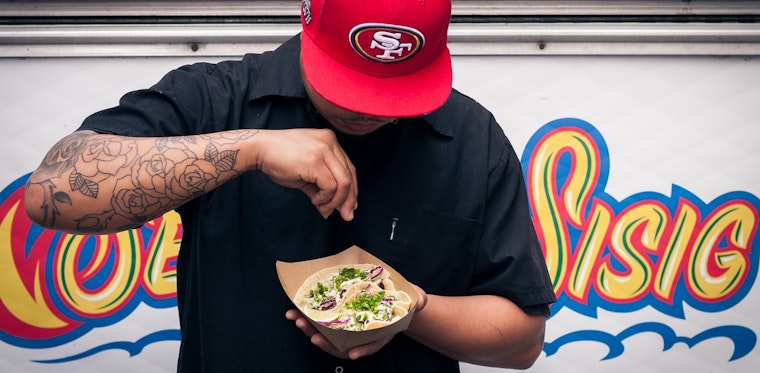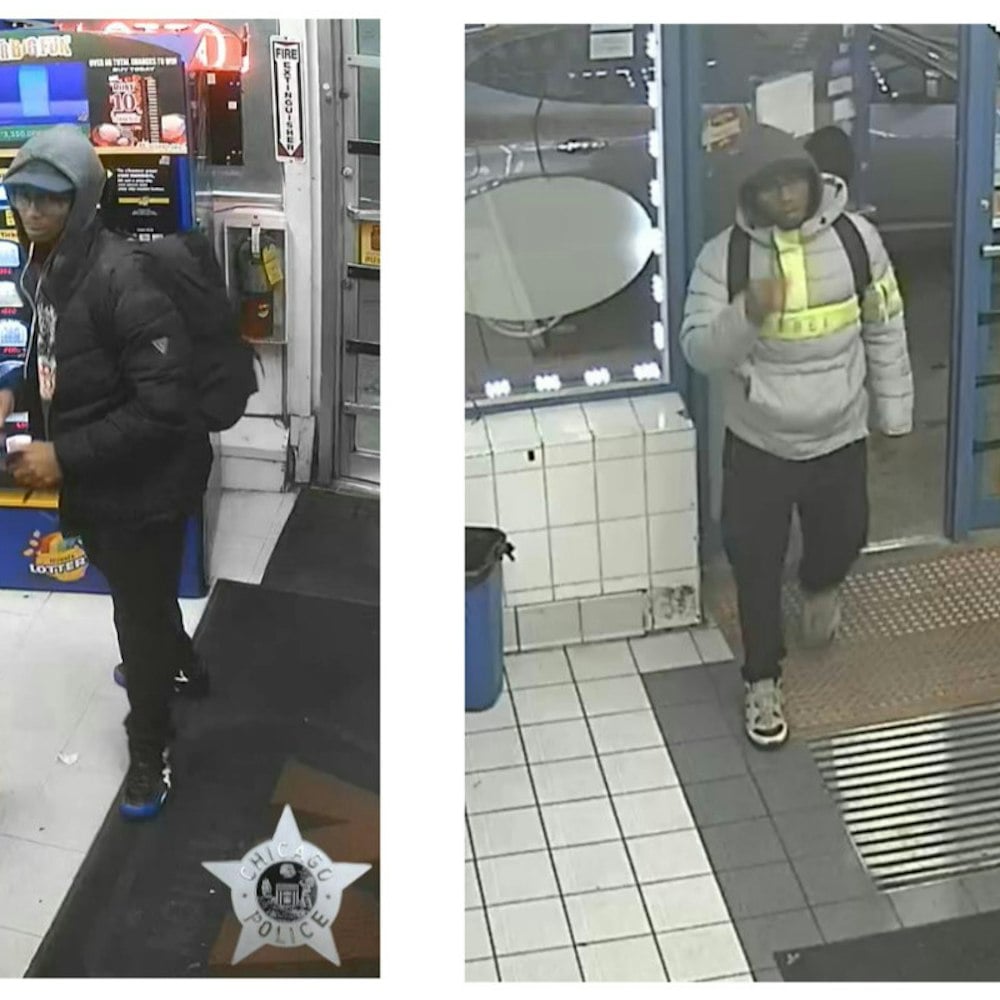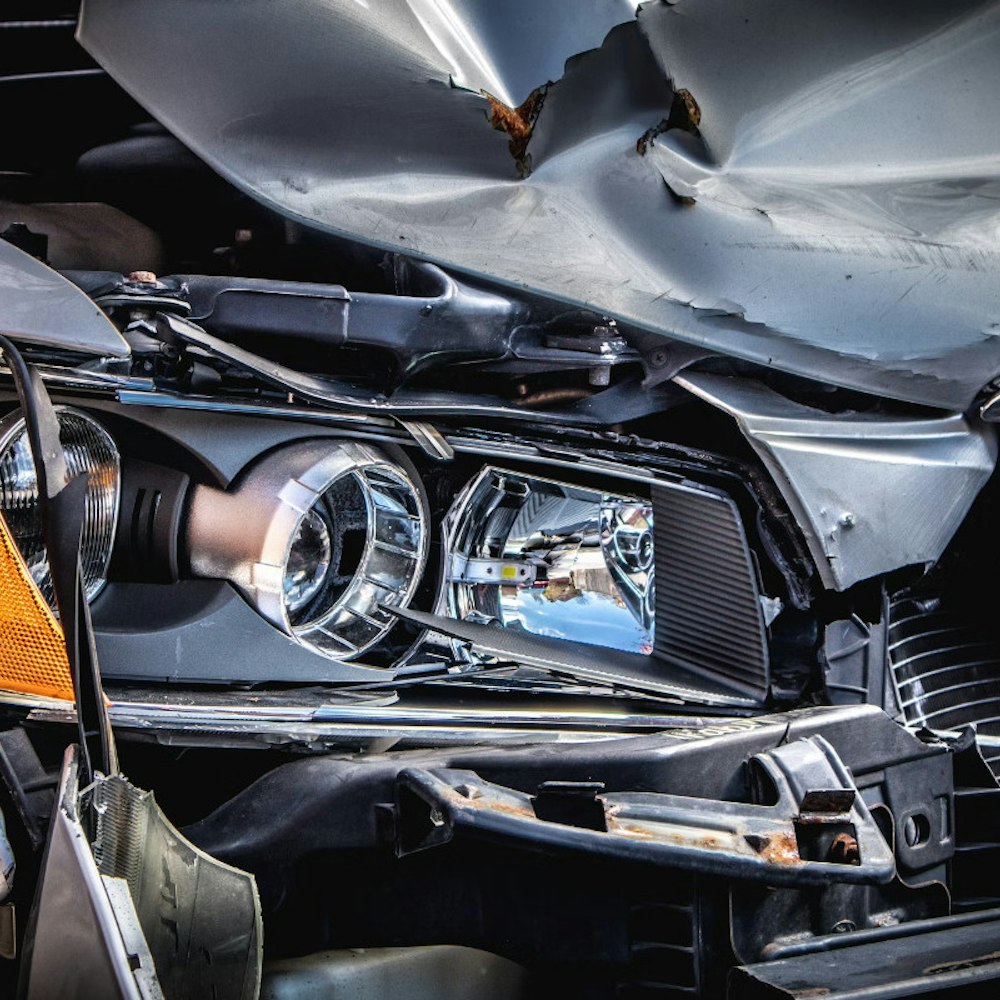
You are what you eat, but do you know what you are eating?
With food trucks on every other street corner now, do you realize, hungry foodie, that you are swallowing dishes steeped in history?
If you’ve eaten at the well-known food truck Señor Sisig, this is exactly the case. Food is a system of communication. There is a context — historical, cultural, social — to the food we eat and how it is prepared.
Señor Sisig customers are consuming culture. There is a context in the way spiced pork shoulder is charbroiled, the way the lettuce is cut and how the cilantro is sprinkled. The “secret recipe” is classified, passed from generation to generation. When you crave Señor Sisig, you’re are drooling for the traditions of the chef’s kitchen.
Señor Sisig’s Filipino fusion street food is a blended product of family flavors and long-term friendship.
Evan Kidera and Gil Payumo, the two founders, were high school friends. Kidera, who earned an MBA from San Francisco State University, partnered with Payumo, a chef, because for them food is about more than eating.
“From a social standpoint, it’s my passion,” Kidera said. “I love to travel and 50% of my travel is food. You are broadened by sites, people and it is all about food.”
Our mouths can serve as an airport transporting us by tasting various cuisines of the world. Kidera and Payumo indulged their palates with a FIlipino flavor countless times at family parties in San Francisco. Payumo comes from a family of cooks, and Kidera’s father was a sushi chef.
“Payumo’s dad is from Pampanga, Philippines,” Kidera began. “Out of resourcefulness, they make sisig from pork head, cheeks and other parts not being used. His family had a different version using the pork shoulder. It is more meaty and had been to family parties with him.”
In 2008, after hitting professional lulls, they decided to turn to what they both loved even if it was a risk. Following culinary inspiration from Korean taco trucks in Los Angeles, Kidera understood what was at stake.
“You had to pay $10,000 to apply, and the chance of getting it approved were 5%,” Kidera said. “Most people weren’t willing to take a chance. We were passionate and it felt right.”
“We were able to have something new in two ways: a food truck and a new cuisine no one has ever seen,” he continued. “To make people understand their business, they put together a simplified blend of a Filipino culture with American taste preferences.”
While he recognizes that they are “not pioneers of Filipino food,” Kidera added that “we were one of the first of its kind to take it out of normal context.”
Kidera believes that a Señor Sisig meal “will widen your thought on what food is and who you are.”
You are what you eat.
“From a social standpoint, I agree,” Kidera said. “Most people can relate to that in some level. It helps us grow seeing other people grow in the thought process and how they are culinary.”
As you Instagram #foodporn-worthy photos of a meal from Señor Sisig, question what you are eating — the culture you are consuming, the traditions you are tasting and the history you are engaging.
Remember, you are what you eat.
Find out where the Señor Sisig truck is here: http://www.senorsisig.com/









